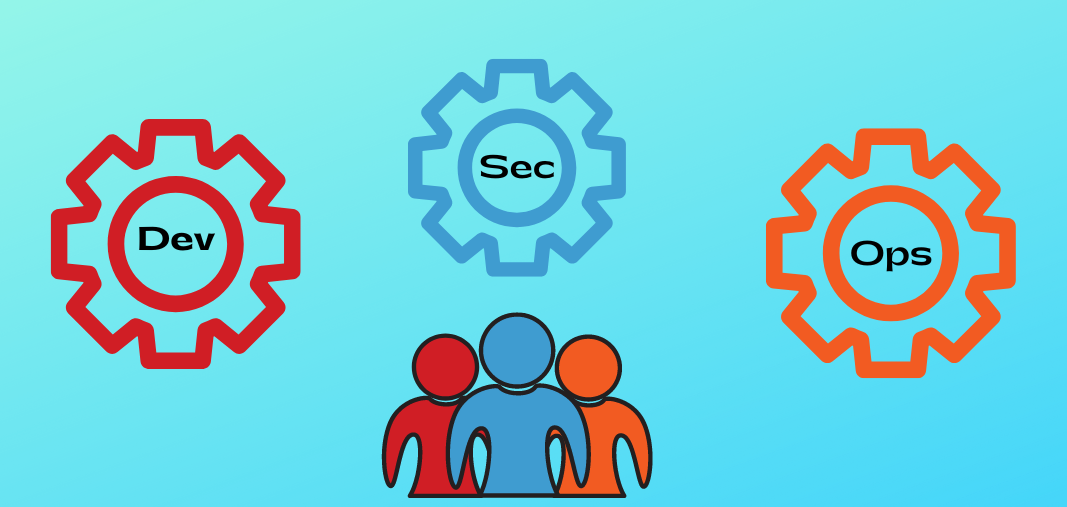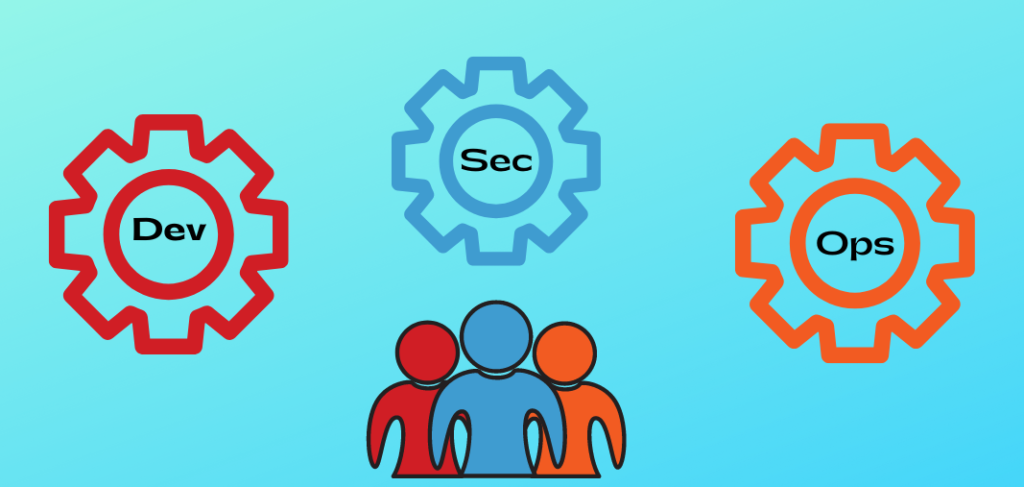

Table of Contents
ToggleDevSecOps and the best practices for building secure software.
As software becomes more critical to organizations, security is taking on a more significant role. Developers are now tasked with building secure software end-to-end, without compromising speed or scalability.
DevOps and security teams must work together to ensure compliance across their organizations. To do this, security teams need to demonstrate that they have the resources, expertise, and tools to identify and mitigate risks to data. Meanwhile, development teams need to demonstrate that they are building secure software that meets regulatory requirements. Adopting DevSecOps enables organizations to meet these challenges.
What is DevSecOps?
DevSecOps is a methodology that combines the DevOps framework and security processes into one holistic practice. With DevSecOps, developers leverage security tools and processes as part of their everyday workflow. The idea is to embed security into the development lifecycle so that it becomes an integral part of the software development process.
DevOps aims to eliminate the friction between software development and operations teams while making processes more efficient and scalable and SecOps aims to protect data and systems from external threats and cyberattacks.
Why DevSecOps is important?
- DevSecOps is the standard in implementing application security
About a decade ago, it was a good idea to separate application delivery from security. Code bases were much simpler and development processes were vastly different than they are today. Each application was part of monolithic architecture and took a long time to develop, test, and deploy. Security was a natural stage in these types of projects, so it could give each deployment one last check before deployment.
- DevSecOps is the new DevOps
Over the past few years, DevOps has been adopted by countless developers in an effort to speed up the software delivery process and increase communication between developers and IT Ops teams. As software development is holistic and iterative in today’s world, siloed security approaches are contrary to DevOps, resulting in delays.
To properly secure an application in today’s world, you must apply security throughout its entire lifecycle. In order to switch to DevSecOps, several mindset shifts are necessary. Software engineers must be on board with continuous updates. It is crucial for SaaS providers hosting cloud-based applications to have continuously updated software.
- DevSecOps provides high visibility for security threats
Individual teams must share the responsibility of securing an application in order to increase threat visibility. For example, your security team should detect and respond to security breaches; your operations team should be ready to maintain performance and stability in case of a breach, and your development team should fix security problems found in libraries and other components.
- DevSecOps shortens development cycles
Shorter and more frequent development cycles are one of the most important benefits of DevSecOps. Short development cycles minimize disruptions and foster close collaboration between teams.
- DevSecOps benefits your client
By using DevSecOps when building an application for a client, you’ll be able to respond quickly to bugs, make small changes frequently, and give your client more opportunities to provide feedback.
- DevSecOps makes cloud computing more secure
Most of these cloud accounts are either public or hybrid, and large organizations use their development teams to maintain and secure them. It can be challenging to understand and manage cloud security configurations, but the customer is responsible for implementing security in the cloud. Cloud providers only guarantee cloud security, not cloud security in itself.
Best practices for a successful DevSecOps strategy.
Now that we’ve established what DevSecOps is, let’s discuss best practices for how organizations can implement a DevSecOps strategy: –
- Start with a solid foundation of processes – First and foremost, you should have a strong handle on the current state of security practices within your organization to determine what needs to be done to meet compliance.
- Build a dedicated security team – Organizations that employ a security team that is dedicated to security are often more successful than those that do not.
- Invest in the right tools and technologies – You can take the right first steps toward success, but without the right tools and technologies in place, you’re unlikely to meet your goals.
- Involve Dev and Sec teams in the design and development process – By bringing both development and security teams together to create an integrated product, the product will inherently be more secure.
- Measure every step – The best way to follow DevSecOps best practices is to measure success or failure. This is accomplished by gathering data about the various factors and attributes that contribute to DevSecOps and analyzing them to derive useful metrics. In a comprehensive metrics program, people, processes, and technology are integrated holistically, and performance insights are provided.
- Learn from failures– The adoption of DevSecOps is an iterative process. Continuous integration and measurement are bound to fail from time to time, but they should be used to help teams improve. A DevSecOps pipeline that doesn’t report a failure or take action on one isn’t truly embracing it.
- Pursue scalable governance – As a result, traditional governance models impede delivery velocity and are incompatible with DevSecOps’ fundamental goal of ensuring fast, safe, and secure software delivery. In order to achieve this goal, governance activities should be automated as well as security testing. To implement checks across the software delivery pipeline, governance as code should include triggers for manual intervention to deal with escalations and exceptions, and to implement compensating controls.
Wrapping up
Software is a critical part of every organization, but only the best software is secure. Achieving this is a collaborative effort. It requires Dev and Sec teams to work together to build software that is secure from end to end. A good DevSecOps strategy will help to bring all of these pieces together. And with the right tools and technologies, you can start building secure software.




